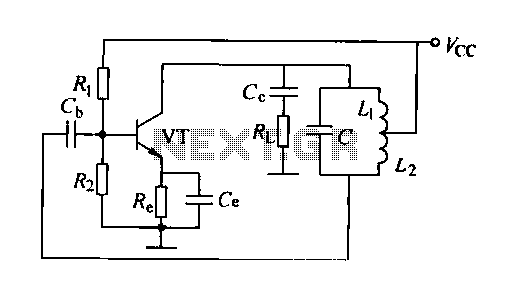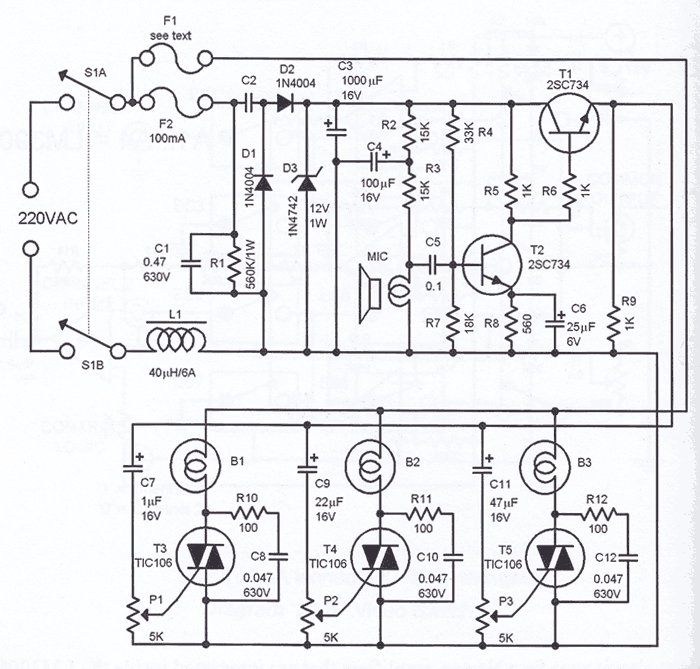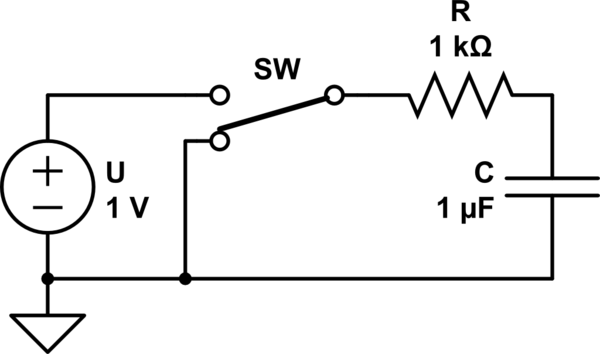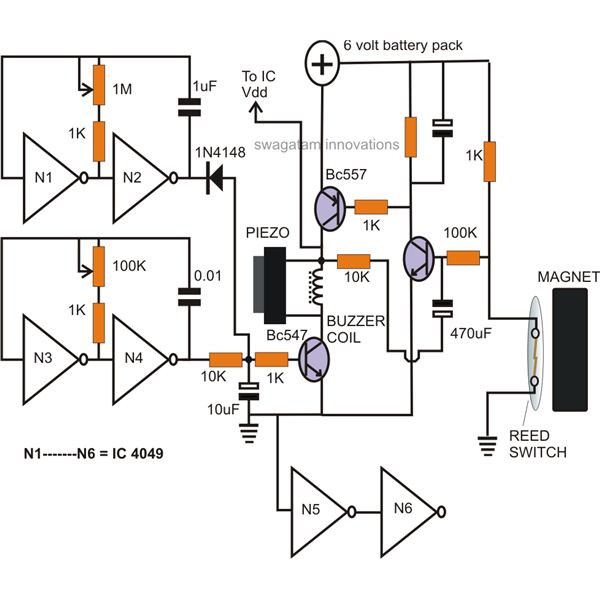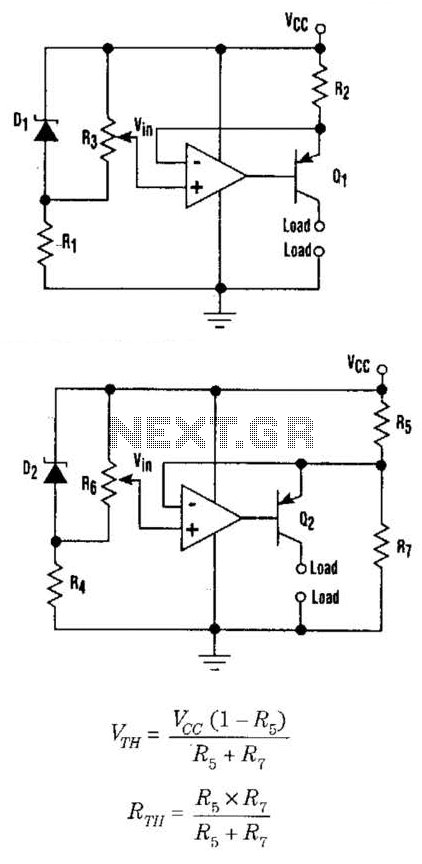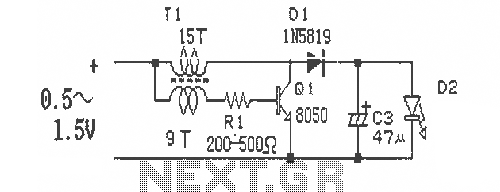
4-20 mA current loop circuit

Continued from the previous post. The same principle is true for the following: temperature to current transmitter. In this case, the input voltage is proportional to the measured temperature, not the rotation. The temperature input is a full analog, 2-wire, 4-20 mA loop-powered transmitter U3, which is a low-cost, NTC-based, integrated temperature sensor.
The temperature to current transmitter operates on a 2-wire configuration, which simplifies installation and reduces the amount of wiring required. The 4-20 mA current loop is a standard in industrial applications for transmitting analog signals over long distances while minimizing the effects of noise and voltage drops. In this configuration, the transmitter outputs a current signal that is directly proportional to the temperature detected by the NTC (Negative Temperature Coefficient) sensor.
The NTC sensor exhibits a decrease in resistance as temperature increases, allowing for precise temperature measurements. The transmitter converts the resistance change into a corresponding current output. For example, at a temperature of 0°C, the output might be 4 mA, while at 100°C, it could reach 20 mA. This linear relationship enables easy interpretation of the current signal into a temperature reading.
The loop-powered design means that the transmitter receives its operating power from the current loop itself, eliminating the need for an external power source. This is particularly advantageous in remote or hard-to-access locations where power supply installation may be impractical.
Overall, the U3 temperature to current transmitter provides an efficient and reliable means of measuring temperature and transmitting that information to monitoring systems, making it suitable for various industrial applications, including HVAC systems, process control, and environmental monitoring.Continued from the previous post. The same priciple is true for the followings, temperature to current transmitter. In this case the input voltage is propotional to the measured temperature, not the rotation. Temperature input, full analog, 2 wire, 4-20 mA loop powered transmitter U3 is a low cost, NTC based, integrated temperature sensor. The next.. 🔗 External reference
The temperature to current transmitter operates on a 2-wire configuration, which simplifies installation and reduces the amount of wiring required. The 4-20 mA current loop is a standard in industrial applications for transmitting analog signals over long distances while minimizing the effects of noise and voltage drops. In this configuration, the transmitter outputs a current signal that is directly proportional to the temperature detected by the NTC (Negative Temperature Coefficient) sensor.
The NTC sensor exhibits a decrease in resistance as temperature increases, allowing for precise temperature measurements. The transmitter converts the resistance change into a corresponding current output. For example, at a temperature of 0°C, the output might be 4 mA, while at 100°C, it could reach 20 mA. This linear relationship enables easy interpretation of the current signal into a temperature reading.
The loop-powered design means that the transmitter receives its operating power from the current loop itself, eliminating the need for an external power source. This is particularly advantageous in remote or hard-to-access locations where power supply installation may be impractical.
Overall, the U3 temperature to current transmitter provides an efficient and reliable means of measuring temperature and transmitting that information to monitoring systems, making it suitable for various industrial applications, including HVAC systems, process control, and environmental monitoring.Continued from the previous post. The same priciple is true for the followings, temperature to current transmitter. In this case the input voltage is propotional to the measured temperature, not the rotation. Temperature input, full analog, 2 wire, 4-20 mA loop powered transmitter U3 is a low cost, NTC based, integrated temperature sensor. The next.. 🔗 External reference
